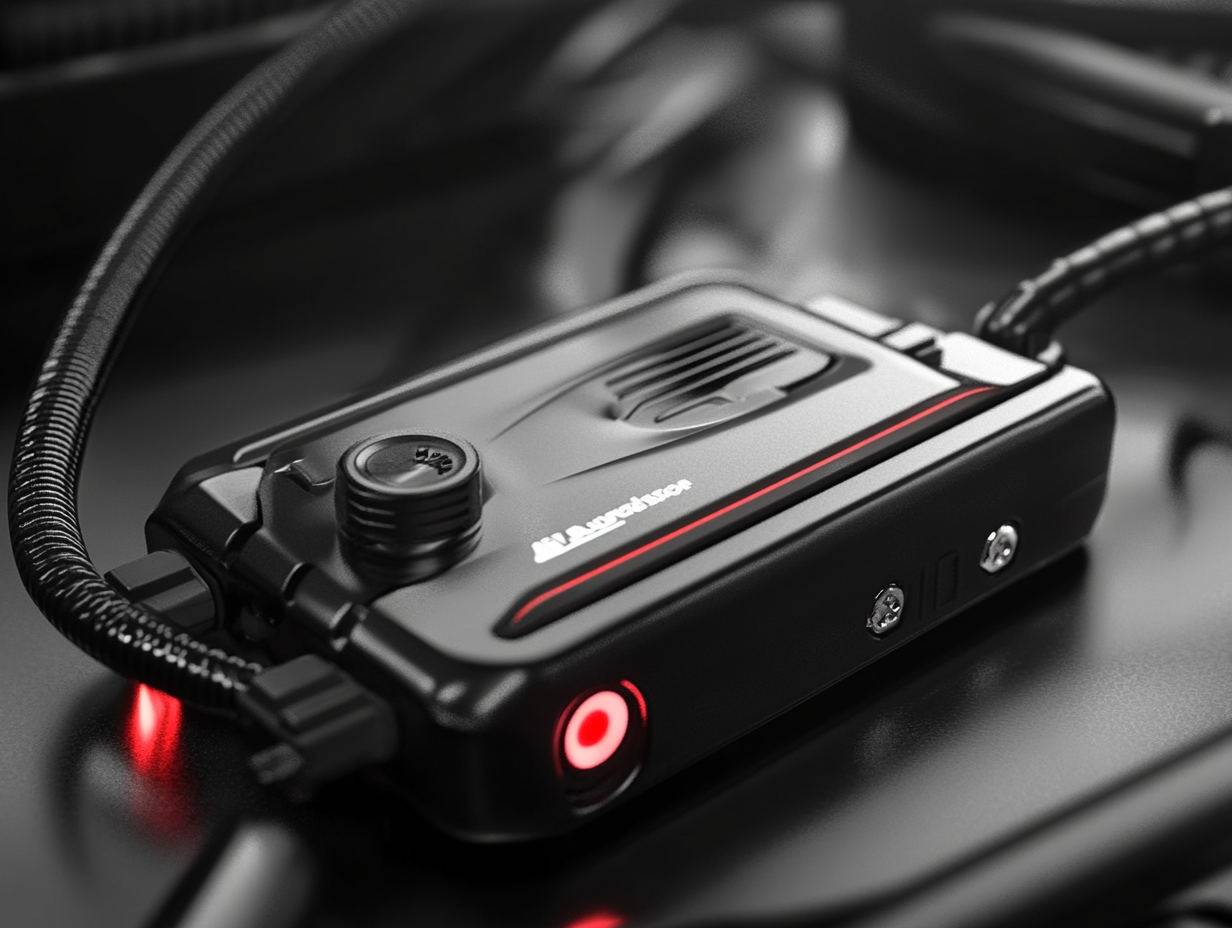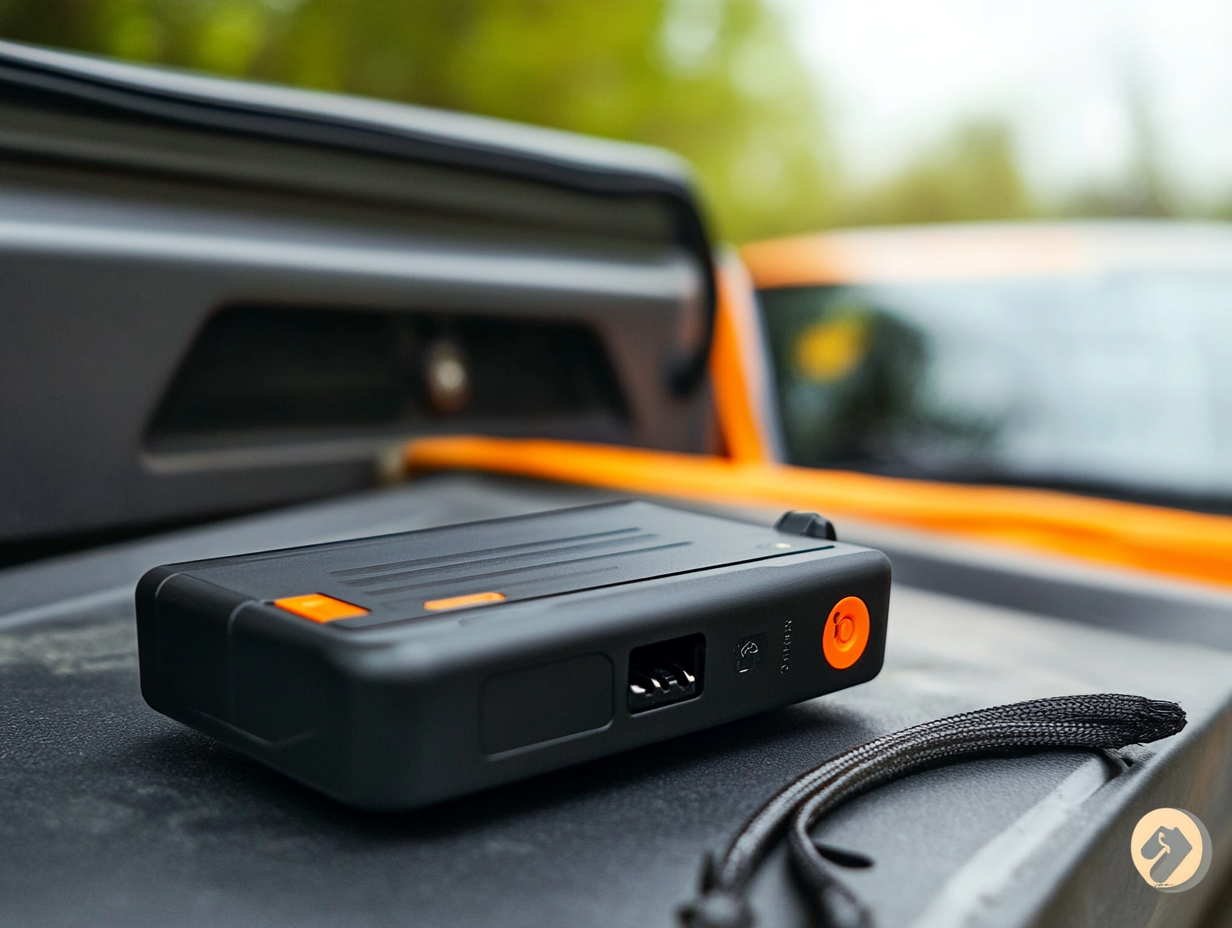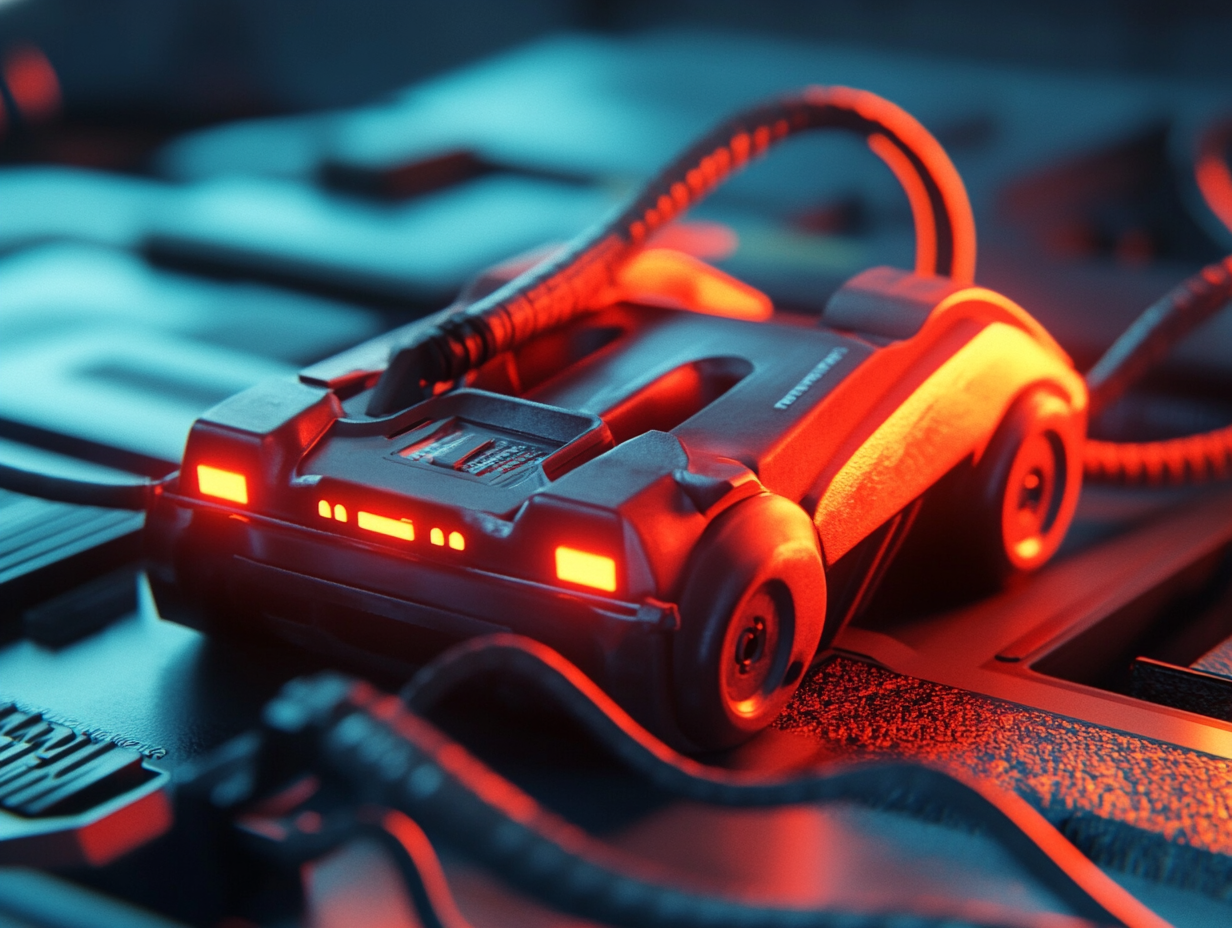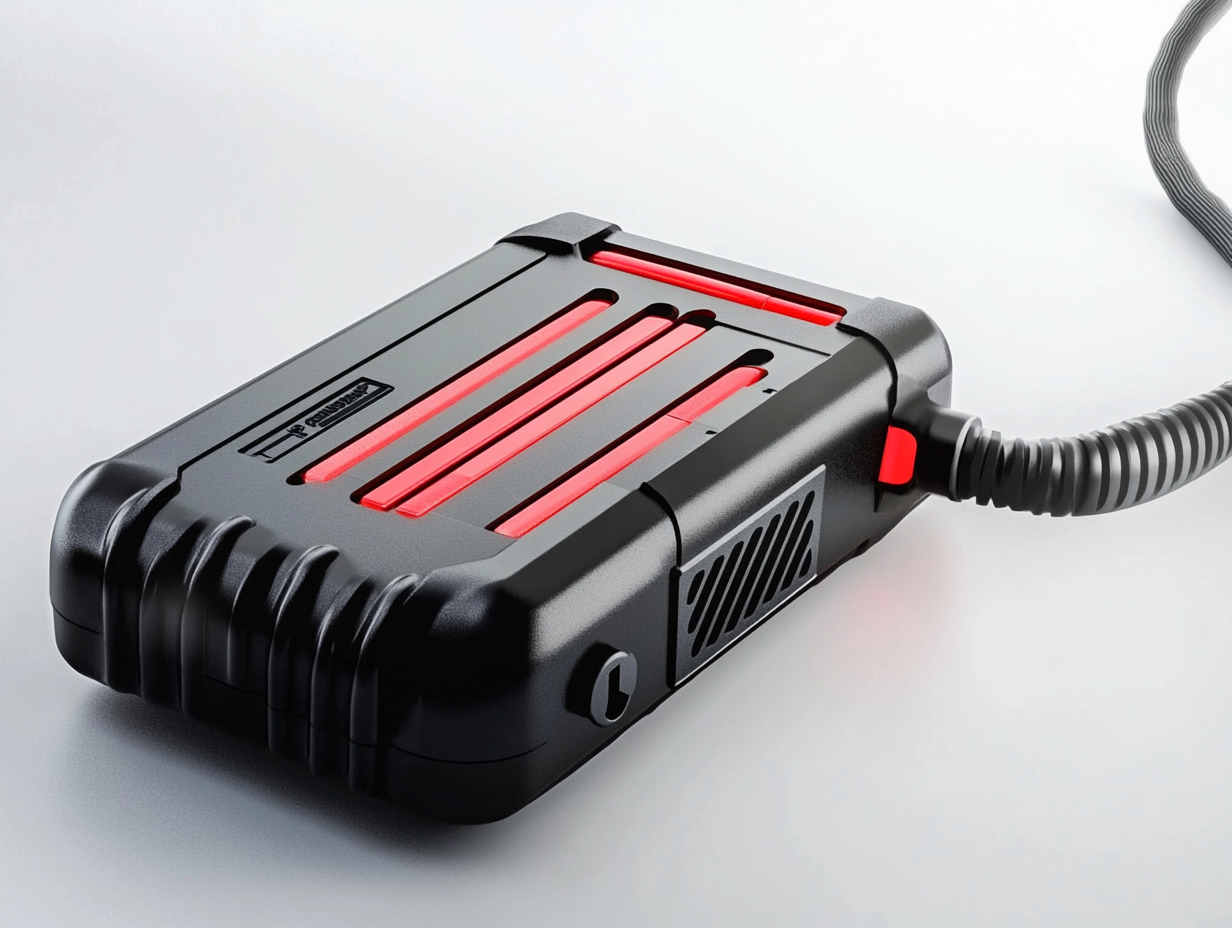Table of Contents
In today's fast-paced world, having a reliable vehicle is crucial for daily commutes, road trips, and unexpected emergencies. One of the essential accessories for any car owner is a Jump Starter. This compact device is designed to provide a quick power boost to your vehicle's battery when it fails, allowing you to get back on the road in no time. However, the versatility of Jump Starters extends beyond just vehicles; they are also useful for starting boats, motorcycles, and even providing portable power for various electronics. Understanding the varied applications of Jump Starters can help you choose the right model that meets your specific needs.
As automotive technology continues to evolve, so do the features and benefits of Jump Starters. From traditional lead-acid models to advanced lithium-ion options, there are numerous types of Jump Starters available on the market. Each type offers distinct advantages, such as faster charging times, greater portability, and added safety features. In this blog, we will explore the different applications of Jump Starters, their unique benefits, and tips on selecting the perfect one for your lifestyle. Join us as we delve into the world of Jump Starters and uncover why they are an indispensable tool for every vehicle owner.

Overview of Jump Starters: Types and Mechanisms
When selecting a jump starter, several key features should be considered to ensure you choose the right one for your needs. First, assess the power output, typically measured in peak amps, which determines how quickly and effectively the device can start a vehicle. For instance, a higher peak amp rating is ideal for larger vehicles or in colder conditions, while smaller models may suffice for compact cars. Additionally, portability is crucial, especially if you need to carry it in your trunk. Look for jump starters that are lightweight and come with built-in storage for cables. Other features like modern displays, USB charging ports, and built-in safety mechanisms can enhance usability and functionality. Finally, consider battery technology; lithium-ion jump starters tend to have a longer lifespan and quicker recharge times compared to traditional lead-acid models, making them a practical choice for frequent users.

Key Features to Consider When Choosing a Jump Starter
Jump starters are invaluable tools for vehicle owners, offering peace of mind during unexpected battery failures. There are several types of jump starters available on the market, including portable lithium-ion models known for their compact size and ease of use. These jump starters often come equipped with additional features such as USB charging ports, built-in flashlights, and even air compressors, making them versatile for various situations beyond just jump-starting a car.
Understanding how these devices work is crucial for choosing the right one. Most jump starters utilize a combination of internal battery technology and advanced circuitry to deliver a quick burst of power to a dead battery. This ensures efficient startup without requiring another vehicle, a significant advantage that eliminates the hassle of traditional jumper cables. As demand for portable solutions increases, jump starters are becoming more accessible, underscoring their role as essential safety tools for every driver.

Benefits of Portable Jump Starters for Everyday Use
When considering jump starters, it's essential to understand the differences between traditional and modern options. Traditional jump starters typically rely on heavy-duty batteries and require another vehicle for assistance, which can be inconvenient in emergencies. In contrast, modern jump starters come equipped with advanced technology, such as built-in USB ports and LED lights, making them more versatile and user-friendly.
Recent innovations, such as the expansion of portable jump starter ranges with rapid recharge capabilities, reflect the ongoing evolution in this space. These modern devices are lightweight, compact, and can start vehicles with ease, making them ideal for everyday users and entrepreneurs alike. Additionally, just as with tools in other industries, choosing the right jump starter can enhance efficiency and productivity, highlighting the importance of selecting a model that meets specific needs and preferences.

Comparative Analysis: Traditional Jump Starters vs. Modern Options
Portable jump starters have become essential tools for everyday use, particularly for those who rely on their vehicles for daily commutes or errands. These compact devices provide a quick and convenient solution to starting both traditional and electric vehicles when batteries fail. With advancements in technology, many of the latest models now feature rapid recharge capabilities, ensuring that users are never left stranded for long.
Additionally, the versatility of portable jump starters extends beyond just cars. They can also be used to charge other electronic devices, making them a handy gadget in situations like outdoor activities or emergency preparedness. As electric and hybrid vehicles become increasingly popular, understanding the benefits of these devices is crucial for any driver to ensure they are equipped for the unexpected. Whether youâre powering up a vehicle or keeping your gadgets fueled, portable jump starters offer reliability and peace of mind for everyday adventures.
Best Practices for Maintaining and Storing Jump Starters
When it comes to jump starters, proper maintenance and storage are crucial for ensuring their reliability and longevity. To maintain your jump starter, regularly check its battery level, and ensure that it is fully charged, especially before a long trip. Keeping the unit clean and free from dust and moisture can also extend its lifespan.
Storage is another key factor; always store your jump starter in a cool, dry place. Extreme temperatures can damage its components and reduce its effectiveness. Additionally, it's wise to periodically test the jump starter every few months to confirm that it remains in good working order. By following these best practices, you can ensure that your jump starter is always ready to deliver its critical support when you need it most.
FAQS
When choosing a jump starter, consider power output (measured in peak amps), portability, additional features like USB ports and safety mechanisms, and the battery technology (preferably lithium-ion for longer lifespan and quicker recharge).
Power output, typically measured in peak amps, determines how quickly and effectively the jump starter can start a vehicle. Higher ratings are better for larger vehicles and colder conditions.
Portability is crucial if you need to carry the jump starter in your trunk. Look for lightweight models with built-in storage for cables for easier transport.
Modern jump starters may include built-in USB charging ports, LED lights, and enhanced safety mechanisms, making them more versatile and user-friendly compared to traditional options.
Traditional jump starters rely on heavy-duty batteries and often require another vehicle for assistance, while modern jump starters are compact, lightweight, and equipped with advanced technology for ease of use.
Lithium-ion jump starters generally have a longer lifespan and faster recharge times than traditional lead-acid models, making them a practical choice for frequent users.
Yes, modern jump starters are designed for convenience and can start vehicles quickly, making them suitable for emergency situations without the need for another vehicle.
Features like modern displays, USB ports, and built-in safety mechanisms improve the overall functionality and user experience, making the jump starters easier to use in various situations.
Battery technology affects the jump starter's lifespan, recharge speed, and overall efficiency, with lithium-ion options typically outperforming lead-acid counterparts.
Assess your specific vehicle requirements, consider the typical conditions youâll face, and evaluate the features that matter most to you, ensuring the model aligns with your personal or business needs.